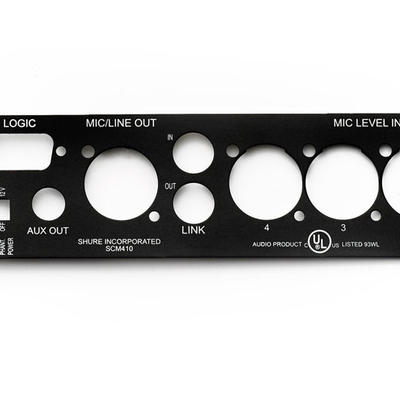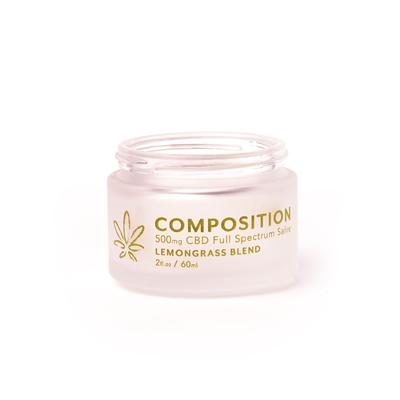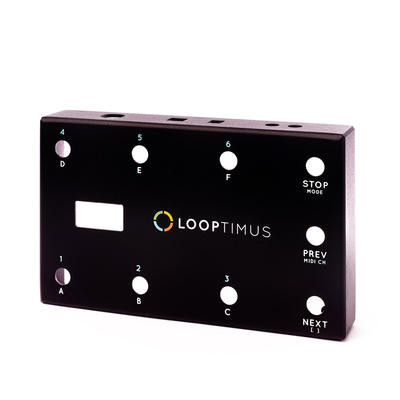What is Screen Printing?
Screen printing is a printing method that allows the transfer of large opaque images onto flat (or relatively flat) and cylindrical plastic, glass, and metal objects.
Screen Printing
The origins of screen printing date back thousands of years — from early Polynesian natives who forced die through cut-out patterns in banana leaves to decorate cloth, to cave walls found in France and Spain that were decorated by way of stencils and colorant applied with blowpipes, to the Japanese creating intricate designs during the Sung Dynasty (A.D 960-1280). Today, screen printing is used to decorate rigid parts for a variety of industries.
About Screen Printing
We offer both single color screen printing or 1-color screen printing, and multicolor screen printing (i.e., multicolor spot images and 4-color process images).
How Does it Work?
The procedure starts with a screen that is tightly stretched around a rigid frame; the screen is made of very fine mesh that allows ink to pass through it. Next, a liquid emulsion is applied to the screen. Once the emulsion has had time to air dry, a film positive of the image to be screen printed is placed on the screen. The screen is then exposed to UV light, which hardens the emulsion to the screen except where the film positive is blocking the UV light. The soft emulsion under the film positive, which was not exposed to UV light, is then washed out of the screen. The hardened areas of emulsion prevent ink from passing through, but ink can pass through the open area on the screen which is in the shape of the image to be printed. The screen is then positioned over the item to be printed and ink is poured into the screen; a squeegee is used to press the ink through the image in the screen and onto the part. If using a solvent-based ink, the printed parts are either left to air dry and cure or passed through a heated oven. If using UV based inks, the printed parts must be passed through a UV curing tunnel for the inks to cure.
The Advantages of Screen Printing
While screen printing can be used to decorate almost any plastic, glass or metal part, the process is typically used to decorate large flat parts or cylindrical bottles or jars requiring two-sided or wrapped images. Unlike other product decorating methods such as pad printing or hot stamping, screen printing is less restricted by image size. So, playing to this strength, the process is best used for parts requiring large images such as plastic or metal control panels or plastic or metal signs. Screen printing is also the preferred method for printing cylindrical parts such as plastic bottles, jars, syringes, flow tubes and vials as well as the increasingly popular metal water bottles. When screen printing flexible parts such as polypropylene cosmetic bottles or PET jars, air is forced into the parts to provide the rigidity needed to withstand the printing process. For most semi-automatic equipment, multi-color images are achievable but require a separate pass for each color.
How Do I Choose the Right Pad?
While the science of the process is in the pad, the art of the process lies in matching the right pad size, shape, and durometer with the right surface to provide best results. It can take years of experience to develop the skill to choose the correct pad for each project.
Which Ink Do I Use?
As with pad printing, screen printing inks are formulated to match the type of material to be printed. Ink lines are developed to provide adhesion and durability for a variety of materials such as plastic, glass, metal, wood or ceramic. However, matching ink to the substrate does not stop there. Ink lines are available for practically every plastic material such as (but not limited to) ABS, Acrylic, HIPS, polycarbonate or nylon and for various coatings or paint used on metal products. With certain pre- and post-treatment procedures, more difficult materials such as polypropylene, polyethylene, Delrin or Urea can also be screen printed. For most applications, inks are either solvent-based, which are cured with time or by adding heat to improve adhesion or durability for some substrates, or UV based using ultra-violet light for an instant cure.
Screen Printed Parts in Every Industry
Screen printing is used to decorate plastic, glass, and metal products – practically any rigid part that requires a logo or marking – from many industries including automotive, medical, electronic devices, cosmetic / health & beauty, and plastic molders and manufacturers.
Unique’s Screen Printing Capabilities
At Unique, we offer the following pad printing capabilities:
Project Gallery
Unique Assembly is able to print or decorate nearly any rigid surface – flat or cylindrical, concave or convex, raised or recessed, and painted or coated surfaces.

Have Questions?
We have the capabilities to work with companies across the US and are excited to work with you on your upcoming project!
Contact Us (Phone & Fax)
630-241-4300Find Us
Unique Assembly & Decorating, Inc.
2550 Wisconsin Ave,
Downers Grove, IL 60515




